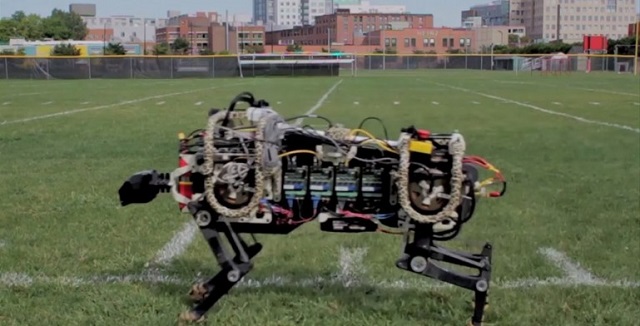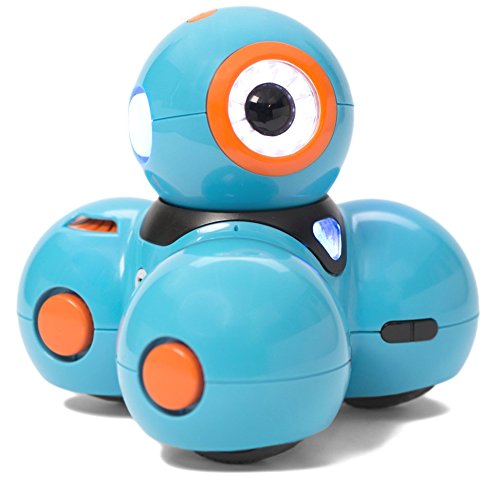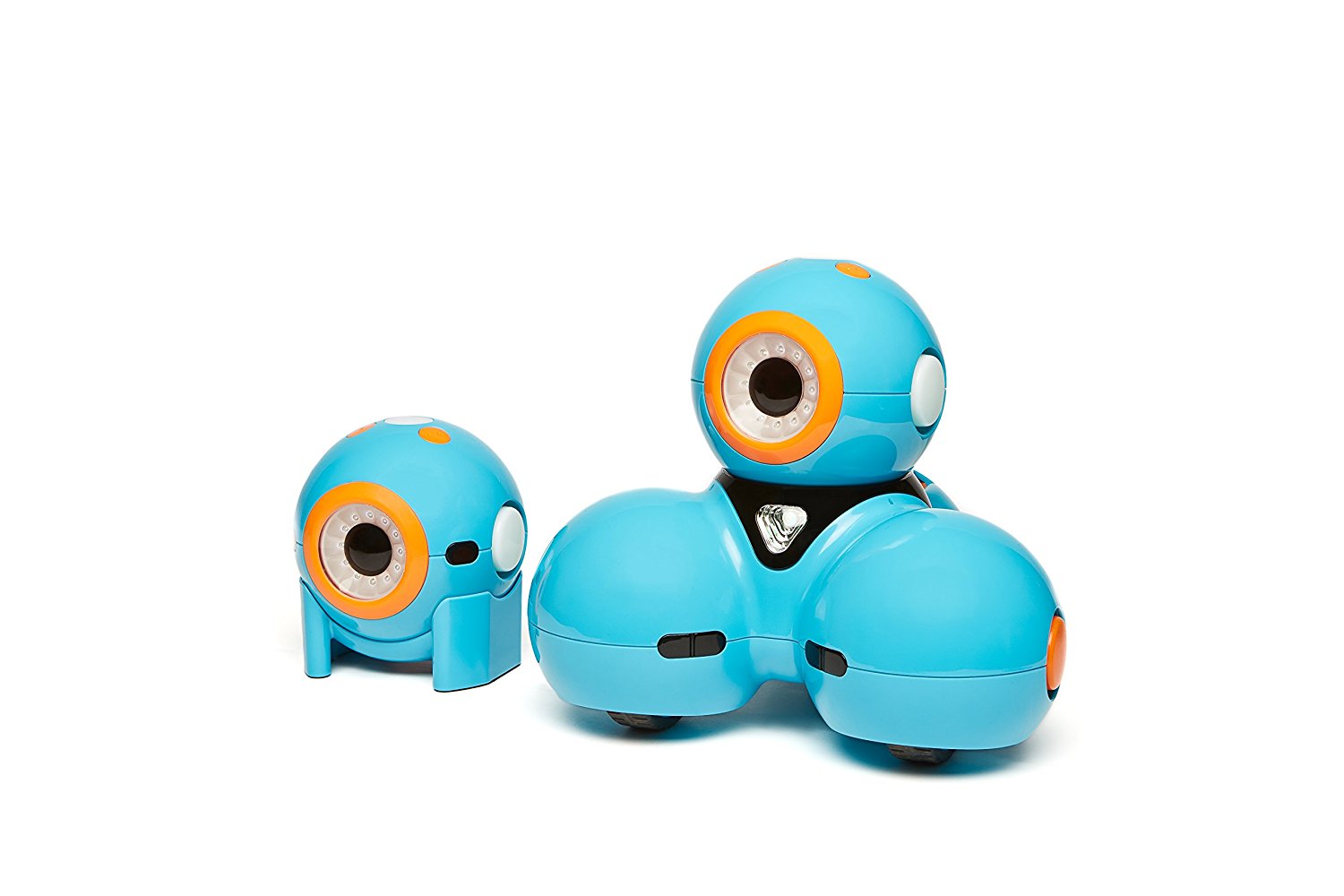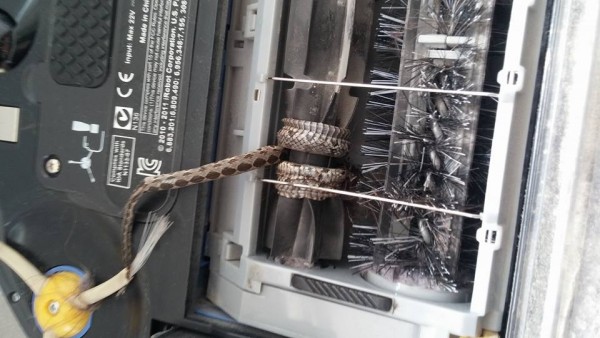Just when the whole world thought that it’s all about bipedal robots, MIT brings its robotic cheetah under the spotlight again, this time to show some important upgrades.
Since humankind has been pretty successful at helping a lot of species go extinct, we might soon have robotic beasts in our savannas and jungles. MIT’s robotic cheetah resembles the real deal more in its movement pattern than in its speed. Cheetahs are the fastest land animals, capable of running at 120 kmph (mind you, for a very short period of time), while MIT’s project is not exactly the fastest robot around. DARPA-funded Boston Dynamics’ cheetah broke the record two years ago, and still is the champion en titre.

Associate professor of mechanical engineering at MIT Sangbae Kim pointed out that the goal of his team is to replicate animal movement in four legged robots: “We try to understand how they efficiently run in the field and nature so that we can take that inspiration and then use it in our engineering world. So, for example, we can create prosthetic legs from that technology or we can even make new transportation replacing cars so that you don’t need the road in our world.”
Compared to Boston Dynamics’ cheetah robot, which can run at up to 29 kmph, MIT’s version is only capable of developing speeds of up to 16 kmph. However, this one seems to have a small advantage over its competitor. MIT’s robot can jump over obstacles that are 33 cm high. The speed is not exactly an improvement, as the previous version ran at up to 22 kmph, but it should be noted that the new one is powered wirelessly via an electric motor.

Kim also noted that the internal combustion engines with hydraulic transmission that power most leg-standing robots are not only noisy, but also very inefficient: “People believe that internal combustion engines and hydraulics are the only way to make a legged robot run and support itself. People believe that electric motors are not powerful enough. This is the first time we show that an electrically powered robot can run and jump over foot-high obstacles.”
Check out the following video to see MIT’s robotic cheetah in action:
We can only hope that robots will get harder, better, faster, stronger, while also being merciful enough not to help us go extinct.
Be social! Follow Walyou on Facebook and Twitter, and read more related stories about the Swiss cheetah-cub robot that walks like a cat, but doesn’t purr, and this cool steampunk cheetah that comes to life.










